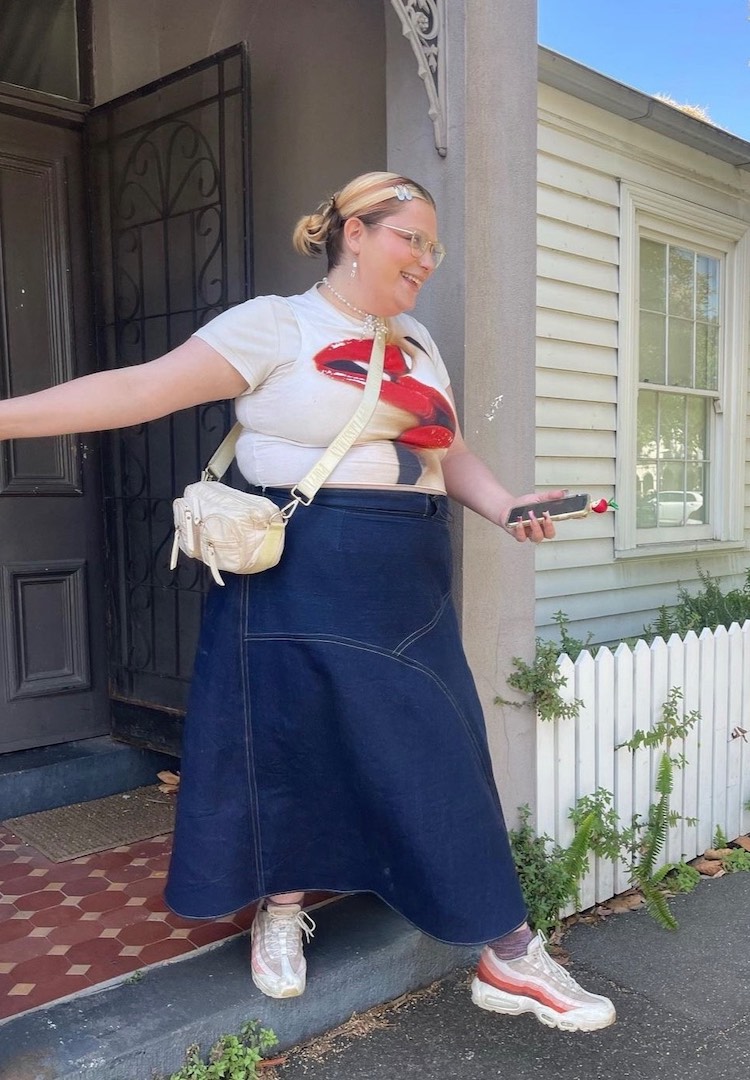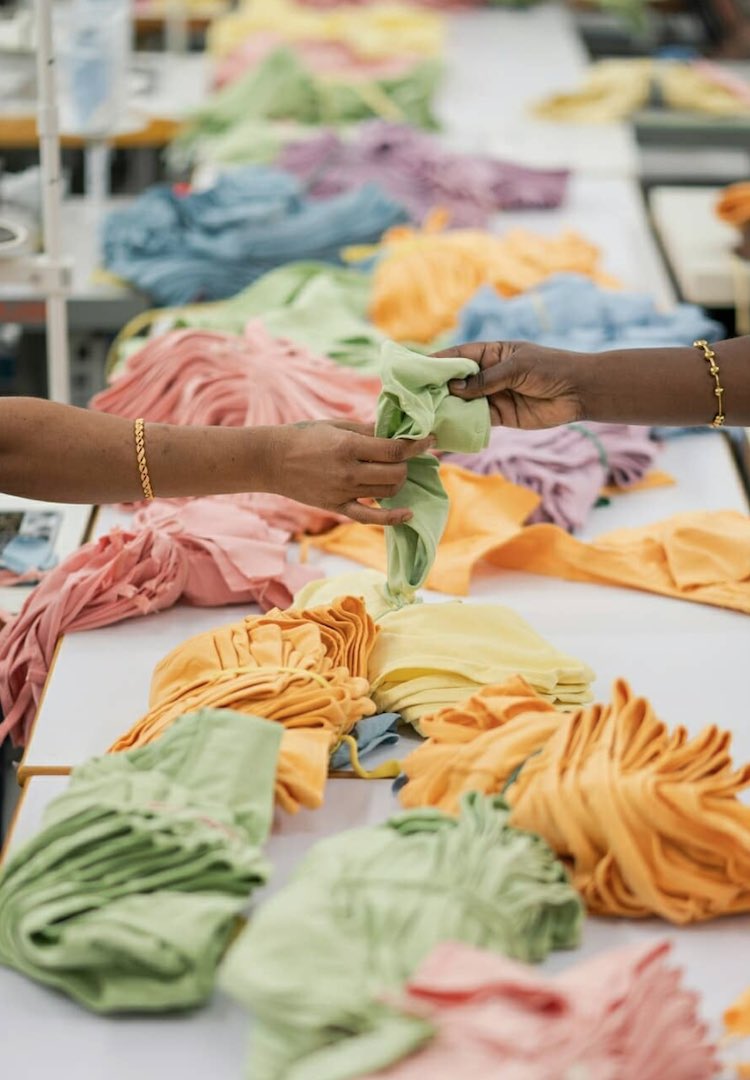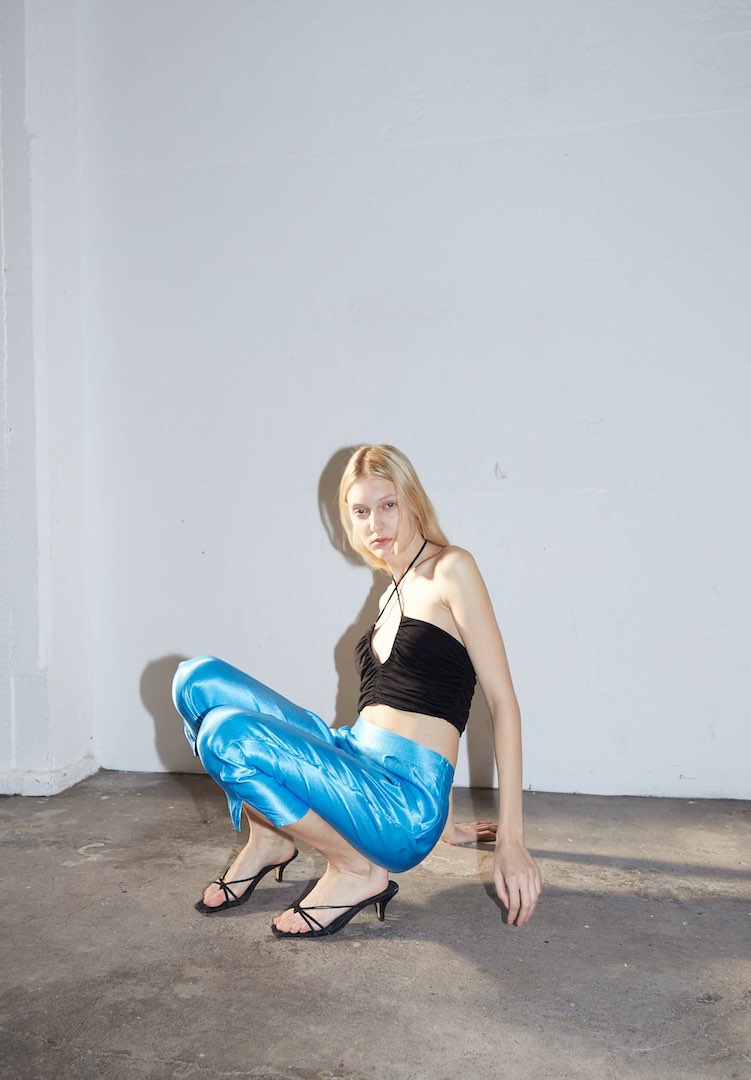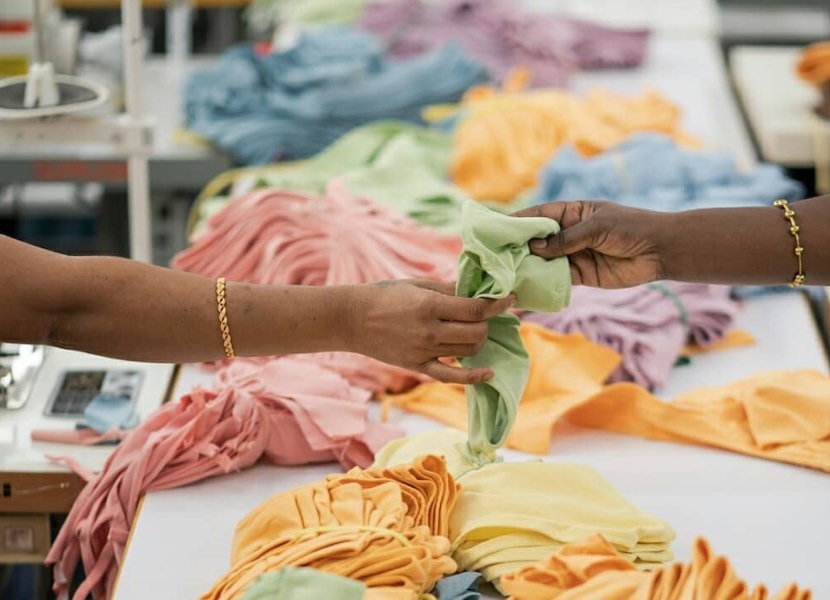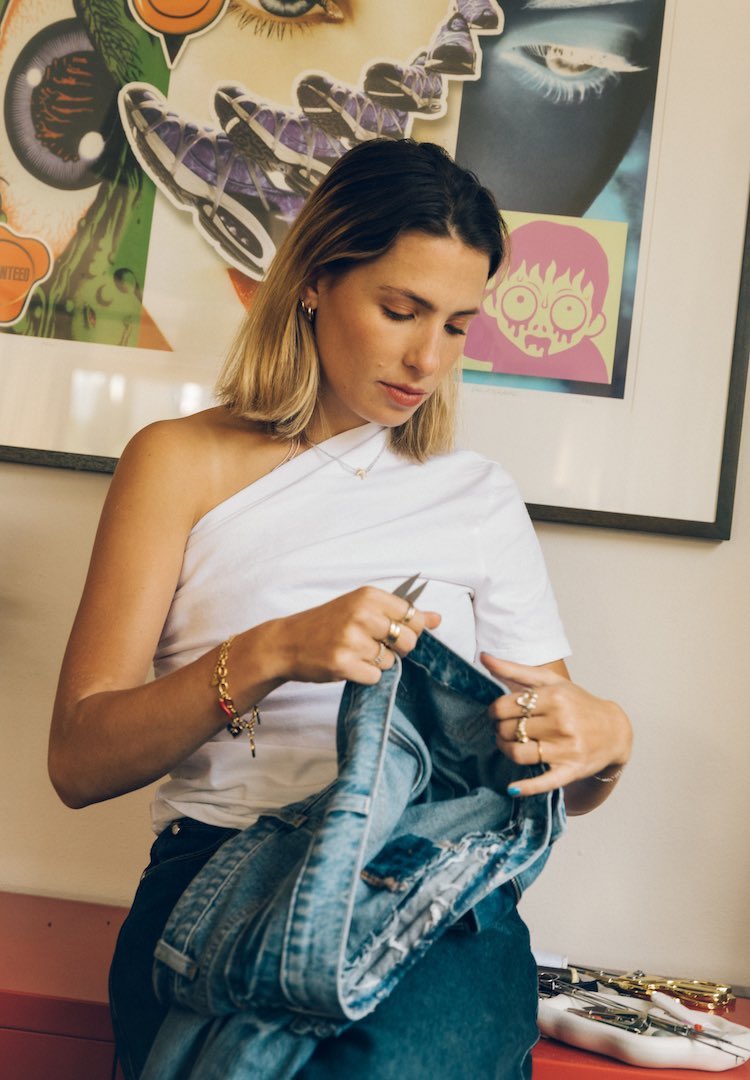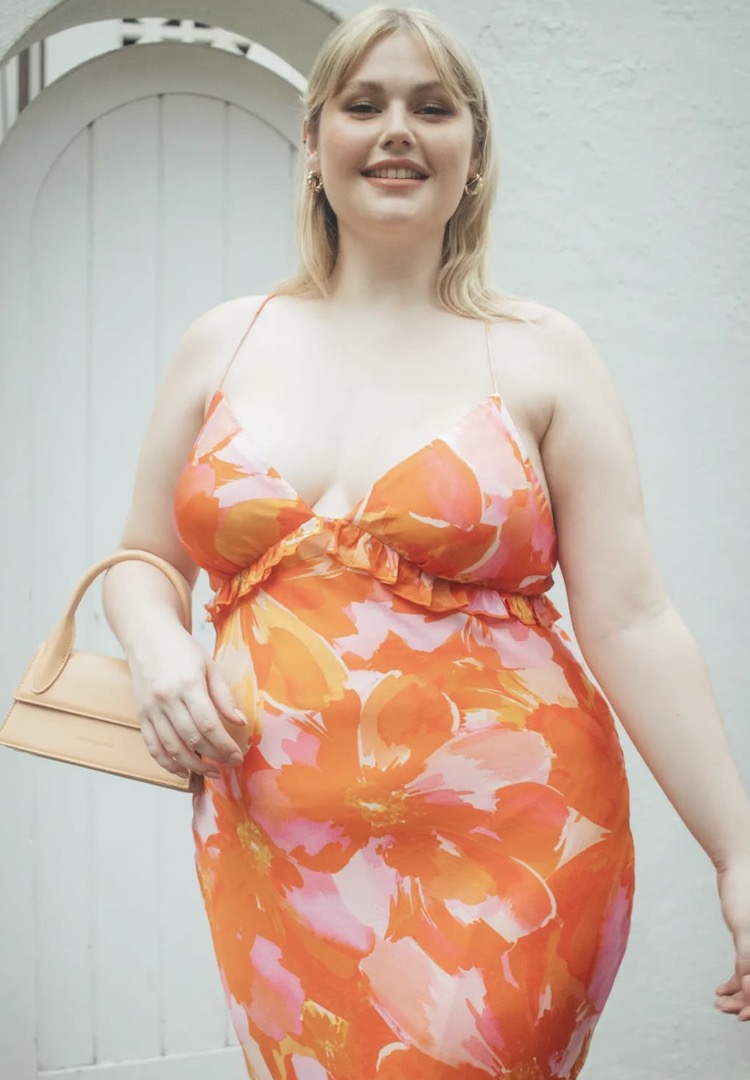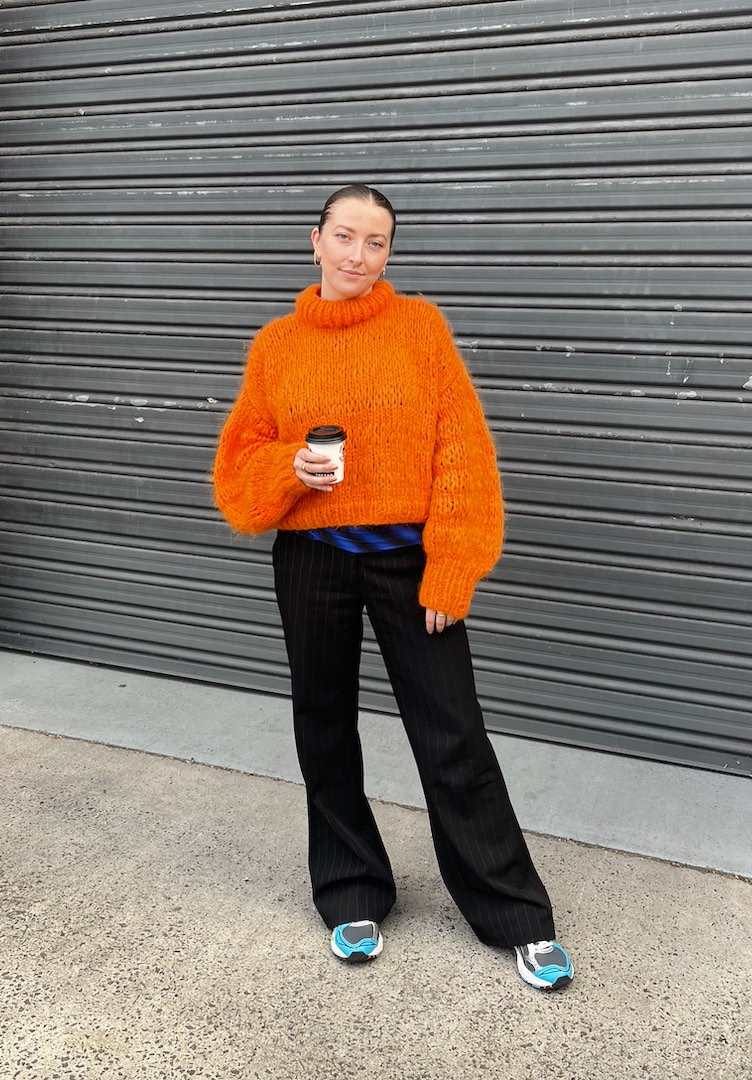How to buy better quality clothes, according to a tailor
WORDS BY CAROLINE zielinski
“What are the other options for that garment? Can you make it fit differently? Turn it into a top? This means you’re not just buying it, wearing it once and throwing it out.”
If you love fashion, chances are you’re hitting the shops more than you probably can afford (I know I am). Fashion is fun; it’s one of the ways in which we express our creativity and our mood. But with a seemingly endless supply of trends, styles and brands, even the most seasoned shopper can find it hard to pick a quality garment.
Add in a growing global environmental consciousness, scrutiny of how clothes are actually made and increased awareness of fragmented supply chains, and it becomes nearly impossible to know what to look for when trying to buy clothes that not only last but are also (as much as possible) ethically made.
For more fashion news, shoots, articles and features, head to our Fashion section.
So how can you tell when a garment is of good quality? To find out, I spoke to Molly Barrington, a 32-year-old Melbourne-based tailor and owner of Miss Molly Tailor. While a self-confessed “non-fashionista”, Molly certainly has a discerning eye when it comes to picking quality fabrics and understands how items are made. Here are her tips.
Look closely at the stitching
A tell-tale sign of a garment’s quality is to check the stitching. If it’s loose, wonky or has threads hanging out of it, you might want to think twice.
“If each individual stitch is set quite far apart rather than lots of tiny little stitches, this is generally a sign of fast, mass production,” Molly says. The bigger the stitch, the less thread is used and the quicker the machine runs, meaning a faster and cheaper cost of labour, which also means the stitching can unravel much quicker.
Take the time to inspect the seams (the line of stitches joining two pieces of cloth together) and pull gently. If the light shines through, it’s probably crap quality, a marker of clothes that have come “straight from a mass market production line,” Molly says.
Expensive doesn’t mean better quality
While we’re taught to believe that the more money you spend the better the item, Molly argues that’s not always the case. “Are you paying for the big brand name or are you paying for the true cost of the production of the garment?” she says.
Price point means nothing when it comes to quality. “You’ve got to think about the retailer – they will mark up at least 200 per cent.” Her tip? Consider if the store often has big sales that substantially mark the garment price down. “Does the price change? Yes. Does the quality change? No”.
Study the fabric and notice how it falls on your body
This may be asking a lot of the average consumer, but the more you know about how fabric works, the better you can judge its quality. One of the best ways to do this is to pay close attention to fabrics, try things on and notice how garments fall.
“It also depends on how [the fabric] has been spun and how many thread counts there are,” Molly says. Generally, the looser the thread count, the worse the quality. When you look closely at fabric, you’ll be able to see the individual yarns that make it up. The more tightly spun and densely packed these yarns are, the better.
But as Molly points out, the quality of the thread – not just how tightly it’s been spun – also matters. “If it’s a looser thread count it doesn’t necessarily mean it’s worse quality because the actual thread and fibres could be of a higher standard,” she says.
Noticing the stretchiness of a fabric will also help determine whether it loses its shape. “When you put the garment on, do you feel like it’s going to stretch a lot? This matters especially with garments like jeans, especially if they have elastane in them because, after a few wears and washes, they get these weird pull marks.”
Try to buy in real life if possible
It’s not always possible to go and try every clothing item on in person, but Molly says if you want something that will last, nothing beats IRL shopping. “I’m not a big fan of shopping online. I don’t know how it’s going to fit me, and then I’m going to have to alter it,” she says. If you do like to order online (and let’s face it, we all do) don’t get hung up on how the clothes look on the model compared to how they fit on you when they arrive.
“Each and every one of us is a unique shape, and most of the time the garments will be salvageable and can be tailored to you for a better fit that actually suits your body shape,” Molly says. While it’s easier to size a garment down rather than make it bigger, it can be done within reason.
“Increasing the size of a garment can be done either by adding fabric panels in or even just letting out some of the existing seams,” she says. “Most seams can be let out to about one centimetre bigger, so if your garment is only a tiny bit tight around the hips or waist then the two side seams and even the back seam (if there is one) could be unpicked and sewn closer to the edge of the fabric, meaning a possible one centimetre bigger.” Also, always check the size charts and get the closest fit, if not bigger, as well as the website’s return policies.
Consider how often, and where, you’ll wear the clothing item
We’re all guilty of buying a dress for a particular event and then forgetting about it (or not wanting to wear it again). And if you’re not willing to rent or shop secondhand, that’s a hell of a lot of money to spend on just one occasion.
“Why don’t you consider if you’d be willing to shorten or alter it to make it more wearable for every day?” Molly suggests. “What are the other options for that garment? Can you make it fit differently? Turn it into a top? This means you’re not just buying it, wearing it once and throwing it out.”
Treat your clothes with care
The care we take with our clothes can extend their life. Even poor-quality fabrics can last a long time if we follow the care label instructions, or at least wash them thoughtfully.
“If you wear the item every day and put it through a hot wash [and] put it in the dryer, it will fall apart quicker,” says Molly. “Stuff like leaving a zip open can not only ruin the garment but also ruin others in the washing machine, so make sure to always do up closures and zips.”
Wash your clothes inside out in a cold wash (although sometimes a hot wash is inevitable, especially if something has been soiled), and also hang them out to dry inside out. “This prevents dirty things getting on them,” Molly adds. And lastly, avoid leaving out clothes in direct sunlight for a long time as that can result in fading.
For more on buying quality clothes, head here.

